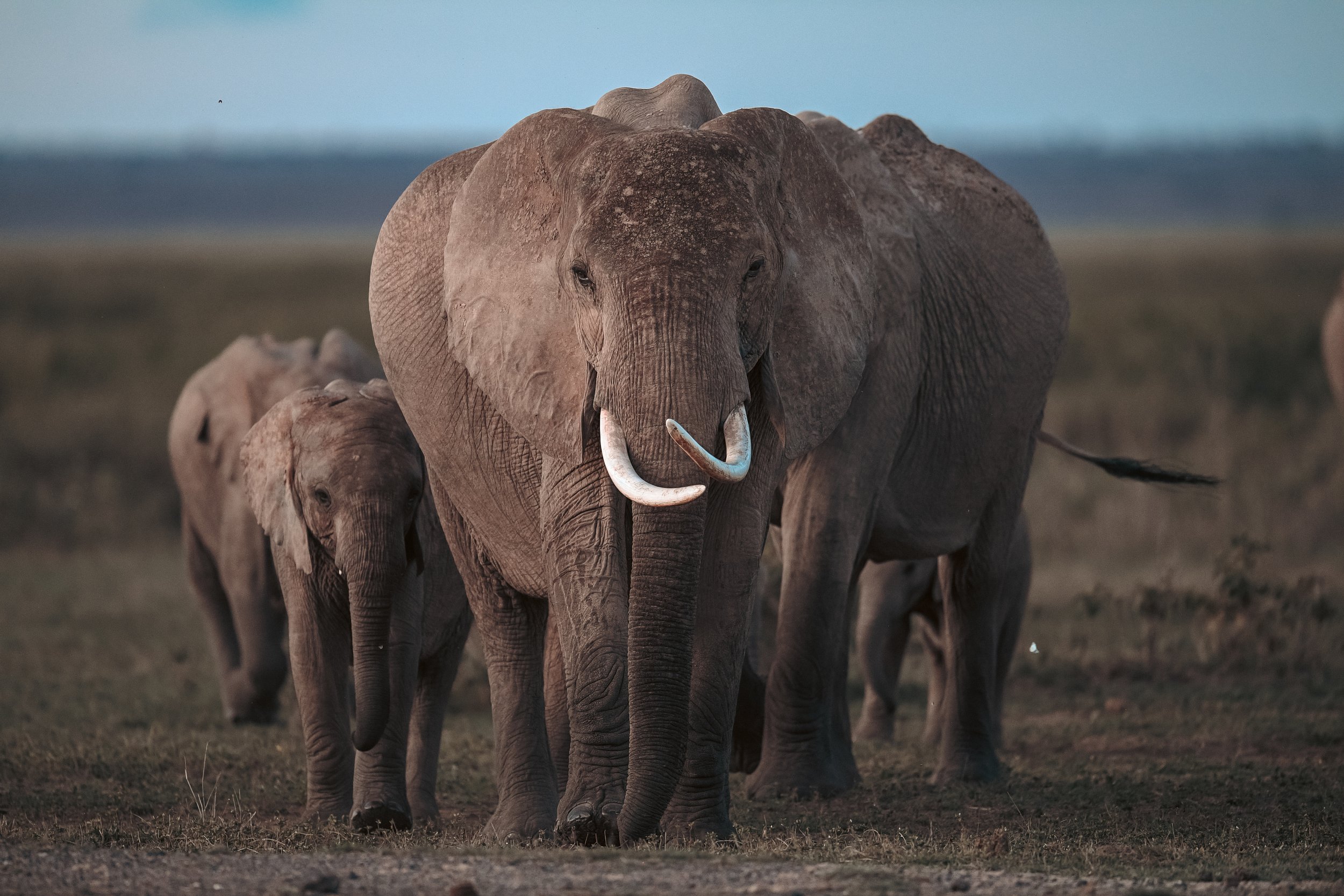Building Resilience
The Masai Mara’s Savannah is incredibly beautiful. Spread over 1590 sq.km, the Mara National Reserve in southwest Kenya is teeming with wildlife sharing borders with Tanzania from where the wildebeest and zebras begin their annual migration to Mara in Kenya. The beauty of Mara lies in its wilderness, its rolling hills, endless plains, swamps, punctuated by forests and its magical Acacia offering relief to the landscape and sun. The Mara and Talek rivers breathe life into the Reserve and offer a spectacle during the migration when crocodiles wait in the water and the big cats wait by the banks for the wildebeests.
Kenya accounted for close to 1.6$ b in tourism receipts in 2019 and I would imagine Mara must have contributed a lion’s share, particularly during the peak season from July to October when the migration is in full swing. Tourism accounts for 10% of Kenya’s GDP and 2 million people are employed in this sector.
Wildlife tourism in Mara and elsewhere in Kenya is the chief source of livelihood for hundreds of thousands of Kenyans. Fifteen conservancies surround Mara and revenues from tourism help pay salaries of close to 100,000 people who work as drivers, rangers, housekeeping staff and general staff. The COVID-19 pandemic decimated livelihoods of so thousands of people. Estimated losses were close to 752$m, half of 2019 earnings.
This is the time for the Kenya’s tourism industry and importantly businesses and tour operators to rethink on their value proposition, innovate on their business model, build capacities, work closely with the locals and local communities so that profits are ploughed back into the system, land, communities for a sustainable model. A regenerative approach is key to building resilience and keeping Mara healthy. More on this later.
